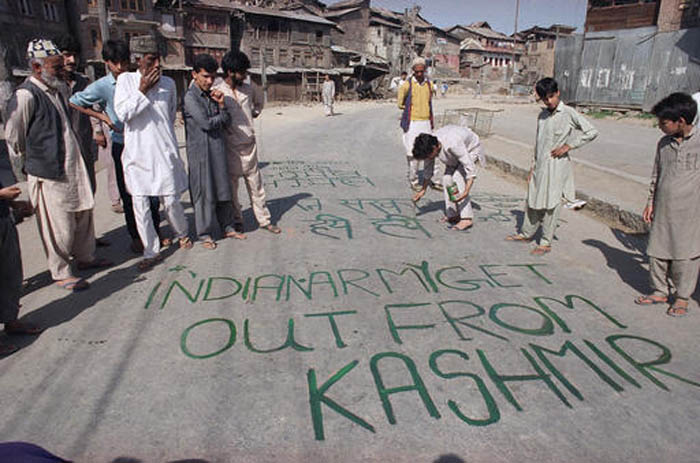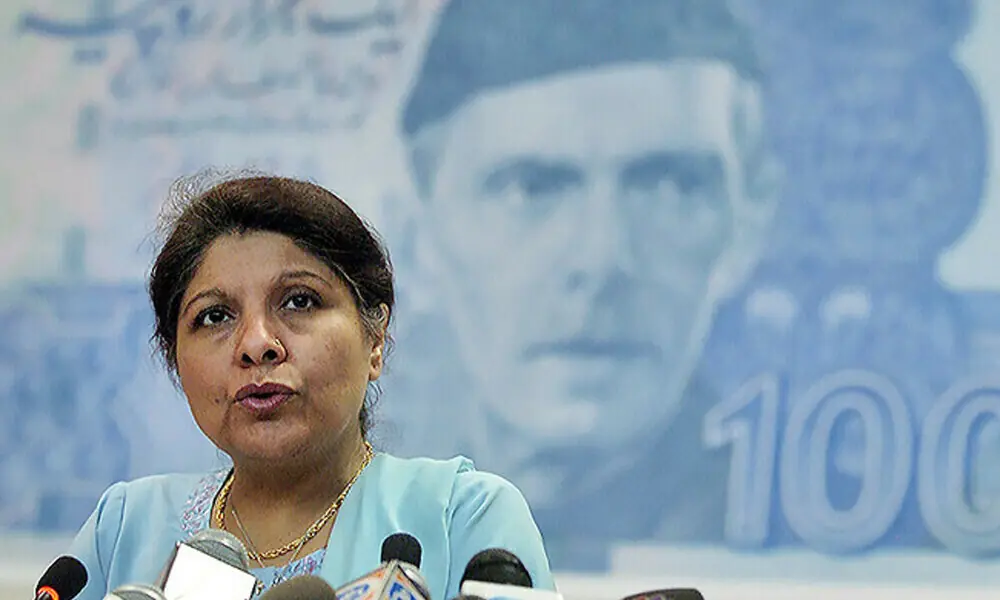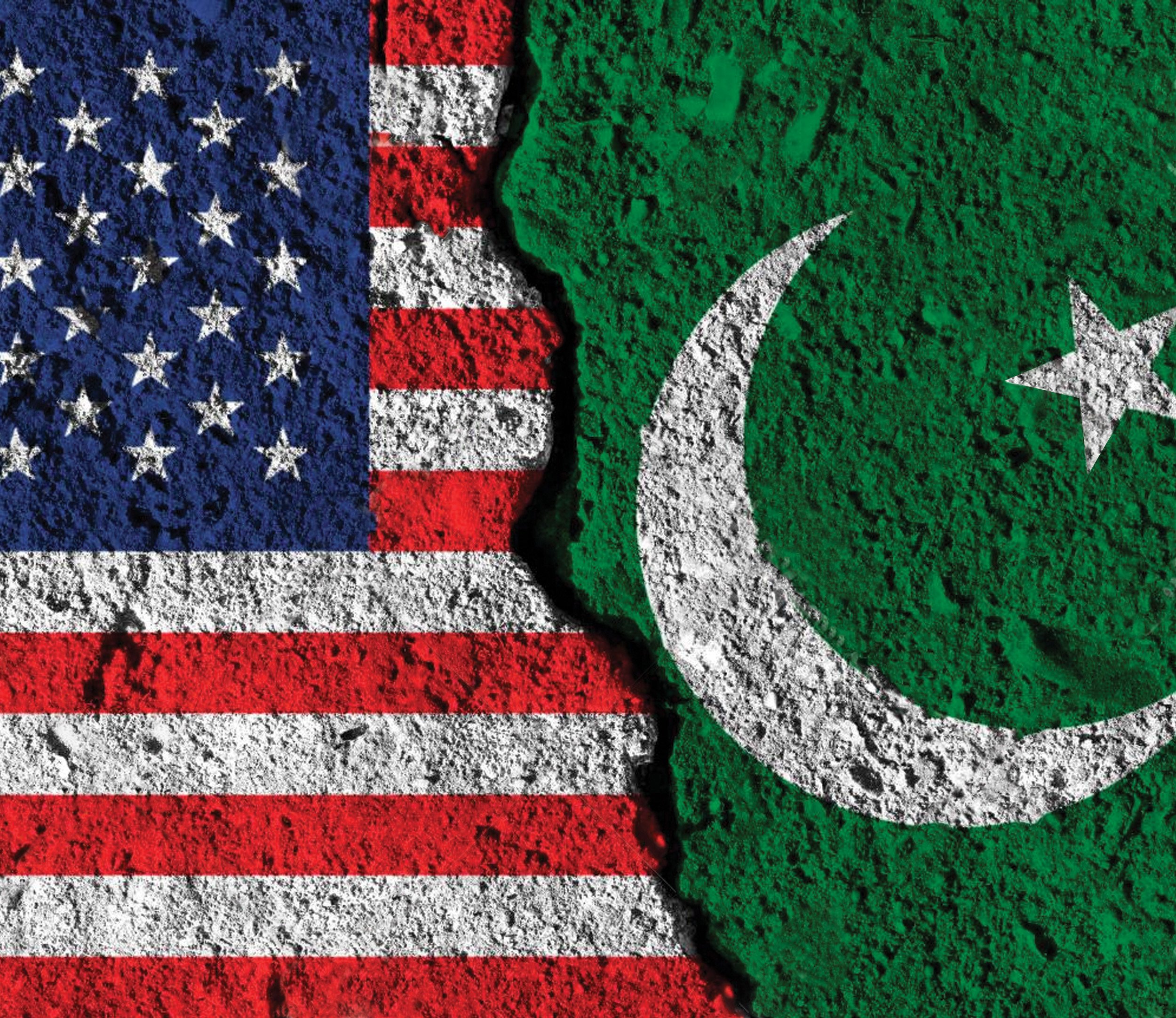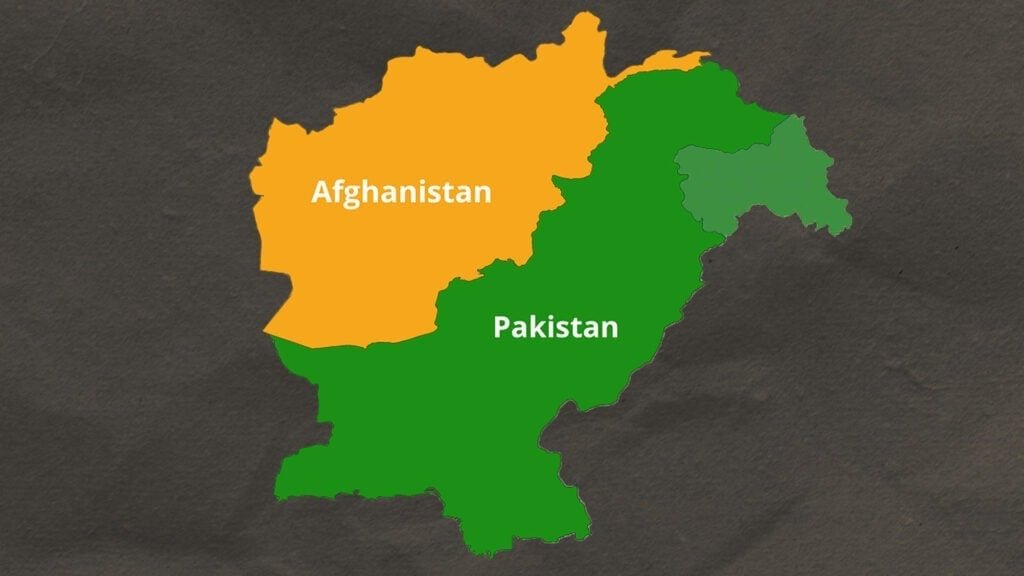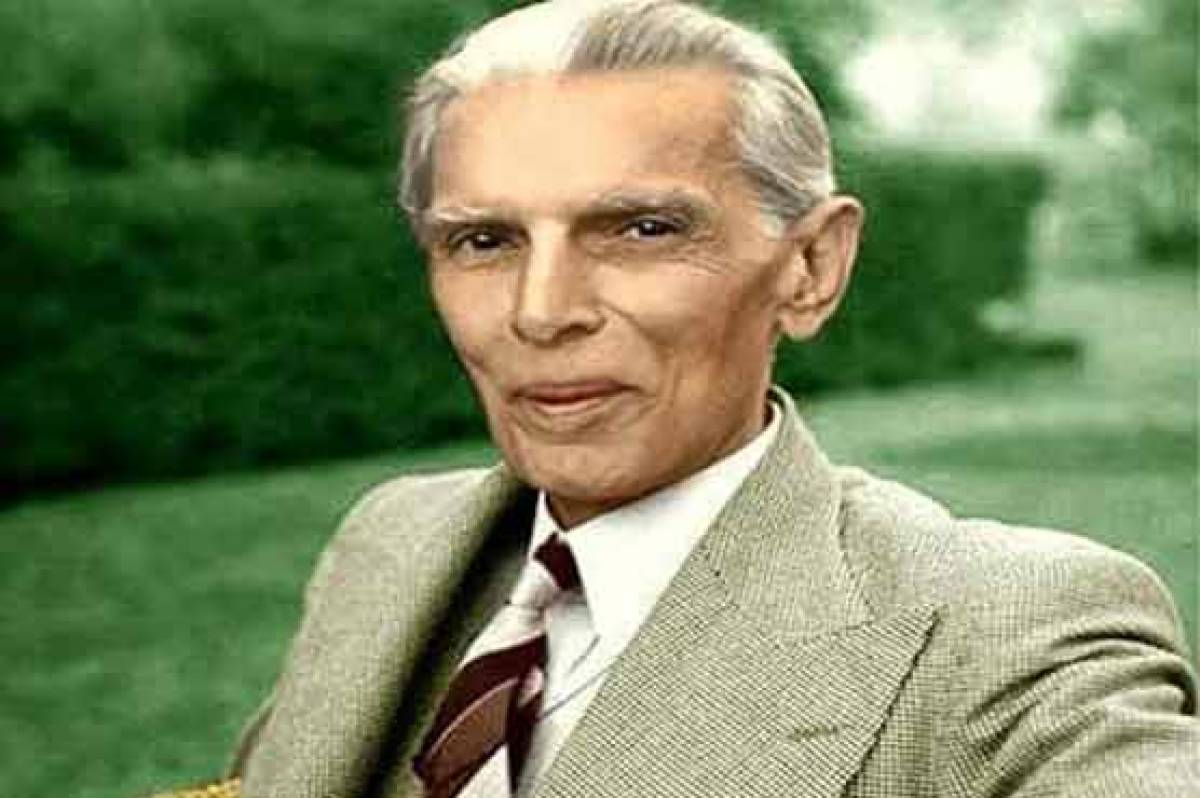Naveed Hussain
The Kashmir conflict is a territorial dispute between India and Pakistan over the region of Kashmir. The conflict began in 1947, when India gained independence from Great Britain and was partitioned into two countries: India and Pakistan. The princely state of Jammu and Kashmir, which had a Muslim majority but was ruled by a Hindu monarch, was given the option to join either India or Pakistan. The monarch initially chose to remain independent, but later agreed to join India in exchange for military assistance against Pakistani invaders. This led to the first Indo-Pakistani War in 1947-48. In 1949, the United Nations established a cease-fire line and recommended a referendum in the territory, but one never materialized. India has been avoiding the referendum, passed by the resolutions of the United Nations, since then.
Tensions between India and Pakistan simmered until a skirmish between border controls escalated into a full-blown war in 1965. In 1971, India and Pakistan fought another war over East Pakistan, which became Bangladesh. In 1972, the Simla Agreement established the Line of Control (LOC), a provisional military control line that split Kashmir into two administrative regions.
In the following decades, the conflict took on a new dimension when both India and Pakistan developed nuclear weapons, raising the stakes of any confrontation. In 1989, a Pakistani-supported resistance movement in Indian-administered Kashmir reignited tensions, beginning decades of insurgency. Despite a recommitment to the LOC in 1999, Kashmiri freedom fighters crossed the line of control later that year, sparking the Kargil War. Although both countries have maintained a fragile cease-fire since 2003, they regularly exchange fire across the contested border. Both sides accuse the other of violating the cease-fire and claim to be shooting in response to attacks. An uptick in border skirmishes that began in late 2016 and continued into 2018 killed thousands of civilians on both sides of the Line of Control.
The conflict has had a profound impact on the people of Kashmir, who have suffered from violence, human rights abuses, and economic stagnation. The region remains heavily militarized, with tens of thousands of Indian and Pakistani troops stationed there. The conflict has also strained relations between India and Pakistan, two nuclear-armed neighbours with a long history of animosity. Most importantly, the Kashmiri people are the most relevant to the dispute, and their aspirations for a solution to the conflict are critical.
Please, subscribe to the monthly magazines of republicpolicy.com
The Indian Supreme Court’s recent decision to validate the Modi government’s 2019 annexation of Kashmir’s semi-autonomous status carries significant implications beyond a mere legal ruling. It represents a culmination of a complex political struggle, ignites further tensions in the region, and raises concerns about the future of India-Pakistan relations.
The Verdict’s Impact:
- Formalizes Annexation: The court’s decision officially seals the annexation of Kashmir, a disputed territory claimed by both India and Pakistan. This move removes the fig leaf of autonomy and paves the way for further integration of the region into India.
- Deepens Kashmiri Alienation: The ruling has alienated even those Kashmiri factions willing to consider autonomy within India. The imposition of direct rule and suppression of dissent have fueled resentment and strengthened the resolve for self-determination.
- Endorses Demographic Change: The court’s decision also validates the abrogation of Article 35-A, which protected Kashmiri land ownership rights. This change paves the way for demographic shifts through the influx of non-Kashmiris, altering the political landscape.
The Political Context:
- Modi’s Nationalist Agenda: The annexation is a key victory for Modi’s Hindu nationalist BJP party. It fulfills a long-standing promise to Hindu voters and is expected to boost his electoral prospects in upcoming national polls.
- Opposition’s Concerns: The opposition in India has condemned the move as a violation of democracy and a blow to fundamental rights. They fear further repression and escalation of tensions in Kashmir.
Geopolitical Implications:
- Pakistan’s Concerns: The ruling closes the door for meaningful dialogue between India and Pakistan on Kashmir. Pakistan has limited options beyond offering moral and political support to the Kashmiri cause and raising concerns internationally.
- Regional Instability: The annexation and ongoing repression in Kashmir are likely to fuel regional instability and raise concerns about potential flashpoints between India and Pakistan.
The Future of Kashmir:
- Uncertain Elections: The court has ordered elections in Kashmir by September 2024, but the volatile situation and lack of Kashmiri participation raise doubts about their feasibility.
- Kashmiri Resistance: Despite facing immense pressure, the Kashmiri people have shown unwavering determination for their right to self-determination. This resolve is likely to be strengthened by the harsh measures imposed by India.
The Indian Supreme Court’s decision on Kashmir is more than just a legal verdict. It represents a significant escalation in the region’s long-standing conflict and raises critical questions about democracy, human rights, and regional stability. The future of Kashmir remains uncertain, and the path forward will require addressing the grievances of its people and finding a solution that respects their right to self-determination.
Last and most importantly, the future of Kashmir must depend on the aspirations of the Pakistani people.
Please, subscribe to the YouTube channel of republicpolicy.com



